David Ferrer’s shot of snapping his winless skid against Roger Federer was fading to black on the blue court of London’s 02 Arena when Tennis Channel analyst Jimmy Arias suggested Ferrer was capable of another sort of break through.
Would the feisty Ferrer, who found holding serve in the opening set as easy as holding an impromptu Harry Potter screening inside the 02 Arena, finally crack in frustration and bounce his Prince frame off the blue court?
When the primary drama in a match revolves around whether or not one of the players will snap a stick it’s a pretty good indication of a one-sided affair. Still, there’s sometimes a sense of perverse pleasure in seeing even the best players in the world crack up and beat up on their frames.
The struggle to play their best tennis can sometimes bring out the worst in tennis players  and severely shorten a racquet’s lifespan in the process.
Sudden death was once a way of life for Marat Safin. Tennis’ towering terminator was the reason tennis balls and his own racquets were classified at the top of tennis’ endangered species list. This was a six-foot-four powerhouse who played with the punishing power of a player intent on deconstructing the ball with each vicious swing  and that’s when he wasn’t smashing racquets faster than the Incredible Hulk shreds shirts.
Safin was to racquet smashing what Evel Knevel was to motorcycle crashing  a spectacle in a class by himself.
Fittingly, it was a showdown with Safin that prompted Roger Federer to re-examine his own behavior on court.
Federer has been firmly entrenched as one of tennis’ top two for years, but it wasn’t too long ago that the 16-time Grand Slam champion found himself throwing it all away  until a shared smash-down with temperamental titan Safin completely changed the Swiss stylist’s mind set.
“I was horrible in those days I used to throw my racquet,†Federer once said. “For instance, I’d miss one backhand, I’d say ‘OK.’ I’d miss my second, and I was like, ‘OK, one more, the racquet’s gotta go.’ So I missed the third and the racquet went.â€Â
Asked to identify the moment that altered his outlook on racquet destruction, Federer replied: “Well I remember this moment when I was playing Safin in Rome one time, and they were showing highlights after the match and sort of trying to say who was better in throwing rackets. And then I really started to realize this is not why I’m playing tennis, to be in a competition of who’s throwing the racket more nicely (chuckles). There’s nothing nice about that.â€Â
Australian Open finalist Fernando Gonzalez offered a stiff challenge when he completely deconstructed his Babolat racquet with all the force of a wrecking ball eradicating a window shade. Gonzalez once went through every racquet in his bag in a Miami match. Serena Williams has shown her strength in smashing racquets against the sole of her shoe.
Frame fatalities aren’t confined to the pro circuit.
Tennis-Prose.com’s Scoop Malinowski, who holds a USTA-Eastern ranking in his age group, once became so enraged during a match at Columbia University featuring Break Point author Dan Markowitz, he hurled his Volkl racquet like a frenetic frisbee from one baseline to the other sending spectators scattering for cover and threatening to puncture a hole in the bubble covering the court.
Obviously, racquet-smashing adds little to the frame’s longevity, but can it help a player?
Is the crack up a catharsis that can clear a player’s mind and help him or her regain their focus and play better tennis? Can these determined deconstructionists devoid of compassion for their frames actually help themselves by physically ridding themselves of the anger and frustration they feel during a match?
We asked sport psychologist Dr. John F. Murray if racquet-smashing can be form of tennis primal scream therapy in serving as a stress reliever while helping players perform better and the doctor (who apparently did not attend the Pete Townshend school of holistic therapy) believes while smashing may be a short-term fix it can create long-term issues.
“While for a small minority of players racquet smashing may help relieve stress in the short term and make that player calmer for a period, my experience and training shouts overwhelmingly that this is not a good idea for 98 percent of players and probably not even a good idea for the small percentage who might benefit,†Murray said. “Here is my logic: Players who smash racquets are acting on impulse, they are angry, and they are out of control. There is no other reason to do this. Nobody calmly walks to the net post and destroys a $300 object for no reason. The fact that the player allows himself or herself to get into that state speaks to the fact that they are taking the situation way too seriously to perform well. Focus often requires a fun and almost carefree approach. So to start with, it is a reaction to an emotional state that is counterproductive to great tennis.
“Two, even if for some it relieves stress and calms a player in the short term, this effect is only short-lived. If indeed it works effectively, the player only learns to smash a racquet again at the next sign of stress rather than lower intensity and relax naturally. Calming oneself and preparing for the next point is just incompatible with racquet smashing. It is a far more adaptive response to play great tennis.â€Â
Before you pack a ping pong paddle in your bag as a placebo for your racquet-smashing fix, consider the message such action sends to an opponent.
â€ÂYou are right on in suggesting that smashing a racquet can also signal to the opponent despair or lack of control at least, and this can inspire the opponent or provide additional confidence to the opponent,†Dr. Murray says. “This is rarely smart in a competition where confidence is so important.  The player typically smashes because he or she is angry, frustrated, hurt, and extremely stressed or intense. The smashing act, or any violent act for that matter, rarely leads to lower intensity and aggression. Countless studies suggest show that acting aggressively or out of control tends to enhance learning for this behavior to cope with future stress. Since tennis is a sport that requires terrific fine motor coordination, and clear thinking, and making fine adjustments under stress, the burst of adrenaline, muscle tension, fear, and anger that goes into smashing a racquet are quite counter to the goals of remaining calm, clear, quick and
clever. â€Â
So the next time you feel overcome with the primordial urge to rage against all of the forces of frustration tag-teaming up to body-slam your composure, resist the temptation to crack – just take a deep breath and relax (or go home and pop in the video of Safin’s greatest smashes).
“Rather than busting up a racquet, which costs a lot and does little to model courtesy for the opponent or respect for the game (after all tennis has a regal history of good manners and at least trying to be step above the rest), it is far more adaptive if the player develops a more advanced stress reduction strategy learned in sport psychology sessions,†Dr. Murray says. “This may include any number of things such as deep breathing, muscle tensing and relaxing, thought control, routines, and positive suggestion. These kinds of well planned out strategies can help get a player quickly over the anger of a lost point, and help the player prepare for the next point without resorting to primitive fight or flight responses learned outside the caves, with stone clubs in hand.â€Â
No tags



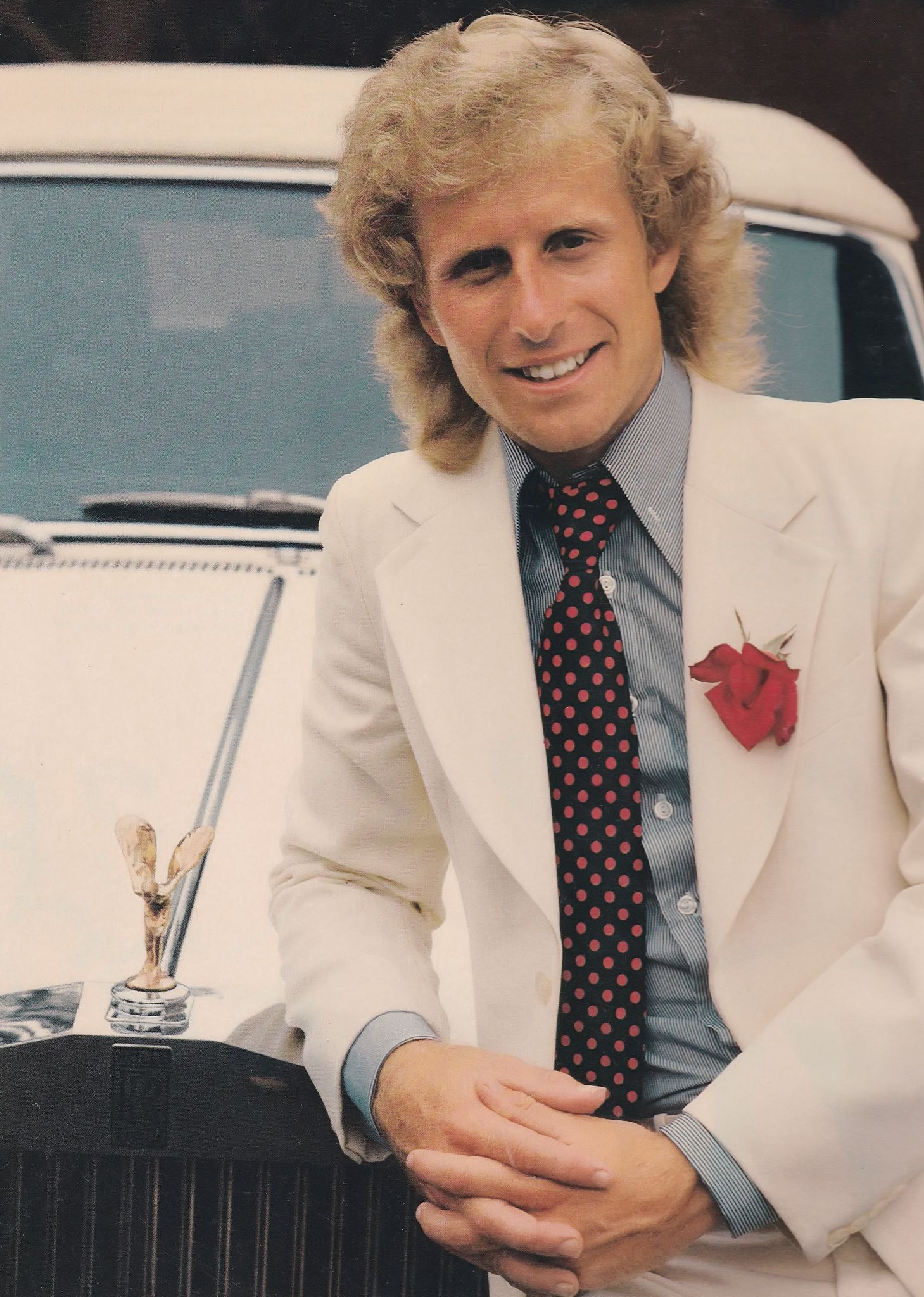
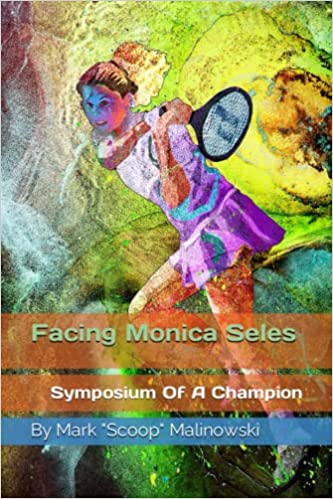





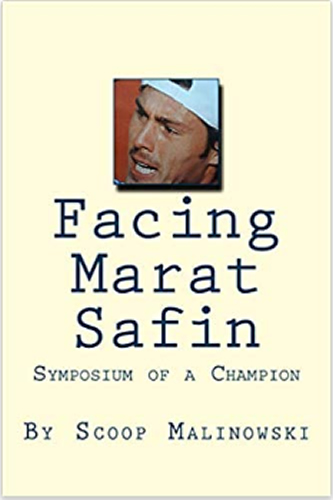
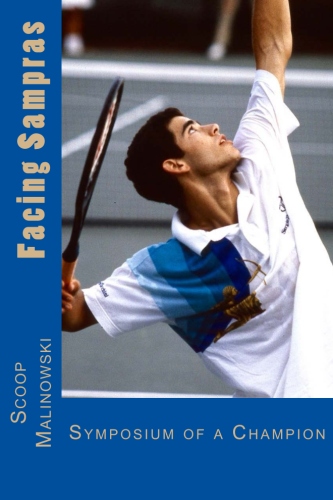
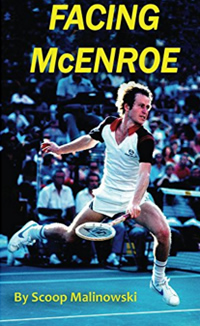



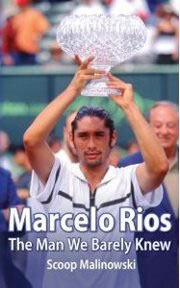

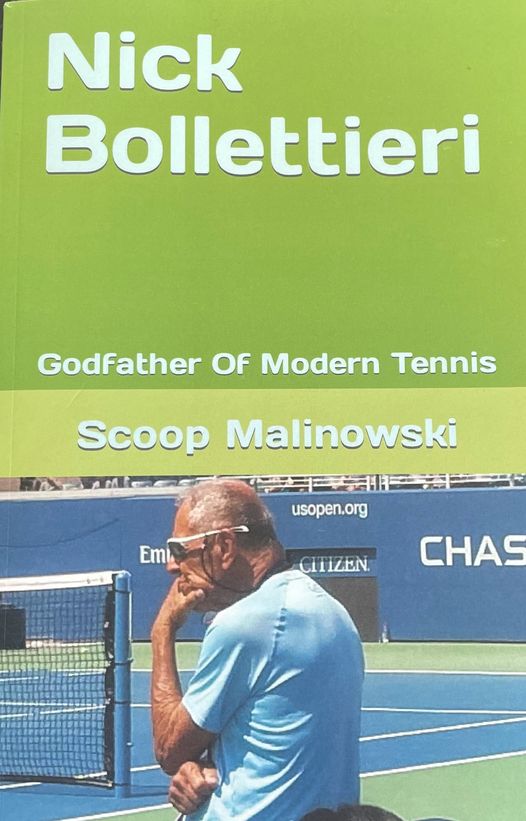


Scoop Malinowski · November 22, 2010 at 3:55 pm
The great Alberto Amalfi should have been consulted on this feature too! As a former racquet smasher and current occasional hurler, I will say it absolutely helps release the frustration build up. So many times you will see pros smash the racquet then play better after. Djokovic is an example. Sometimes the opponent will get a false sense of security that the angry foe is imploding so racquet tossing and smashing can work as a bluff and a smokescreen too, a possibility which Dr. Murray did not seem to consider. Also, familiar opponents will expect you to smash the racquet during a tough set or match and when you don’t, it could get in their head, WHy is this guy not falling apart, why is he still confident of victory?
I believe racquet tossing can be a clever outlet opportunity to employ psychological warfare, though it doesn’t look good to tradionalists. But it’s all about the W and trying everything to get the W. And traditionalists should at least appreciate that burning drive and will to succeed. Kind of miss the days of bashing a racquet, but can’t do it now because my racquet the Volkl Tour 8 is a discontinued model and very difficult to find, even on ebay.
Sid Bachrach · November 26, 2010 at 6:17 am
Throwing a racquet is less dangerous in tennis than is throwing a baseball bat. A baseball bat is like a guided missile and can be truly dangerous. So MLB has a real good reason to crack down hard on baseball bat throwers. I would be interested in Dr. Murray’s take on the one of the worst behavior incidents that I have seen in MLB. That was the 2000 World Series when Mike Piazza’s bat split in two and Roger Clemons then threw one of the bat parts at Piazza. Clemons was truly out of control. A splinter or piece of the bat could have lodged in Piazza’s eye and done real harm. Because Clemons was a huge star on baseball’s best known team and because it was the World Series, nothing was done to Clemons. Clemons may have learned the wrong lesson from the incident. A sense of being special and invulnerable.
But as I recall, Clemons pitched reasonably well after the temper tantrum and bat throwing. Maybe Clemons was so fueled on steroids that his rage helped him pitch. Maybe the steroids, if he had taken them before the game, helped him concentrate. I would like to see Dr. Murray take a crack (no pun intended) on the Clemons incident.